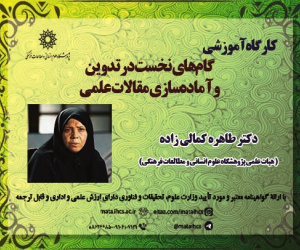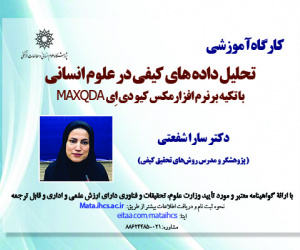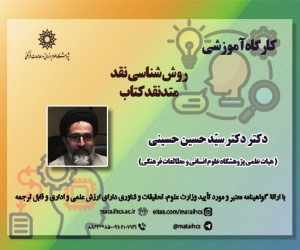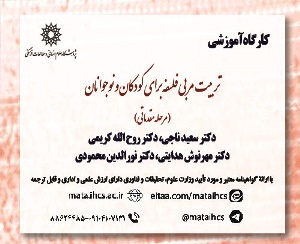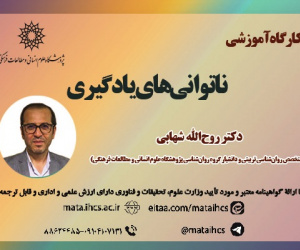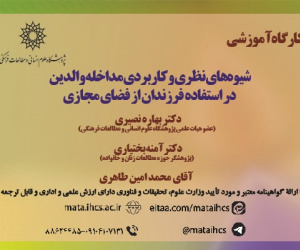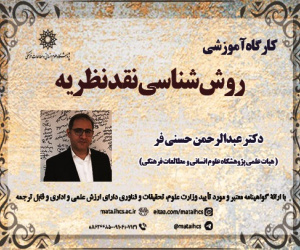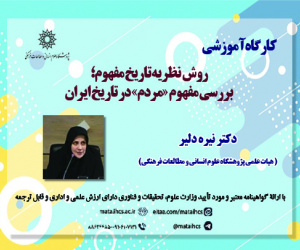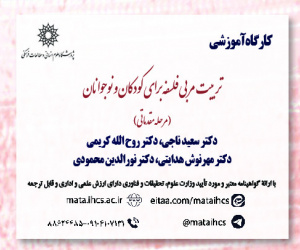تحلیل انتقادی گفتمان مردانگی هژمونیک در رمان کُردی (مورد مطالعه: حصار و سگ های پدرم از شیرزاد حسن) (مقاله علمی وزارت علوم)
درجه علمی: نشریه علمی (وزارت علوم)
آرشیو
چکیده
مردانگی هژمونیک، اصطلاح ابداع شده توسط کانل، نظریه پرداز حوزیه مطالعات جنسیت، اشاره دارد به آن دسته از ایماژها، فانتزی ها و ایدئال های راجع به مردانگی که دایماً به میانجی مکانیسم ها و ساختارهای جامعیه مردسالار بازتولید می شوند. این ایماژها و فانتزی ها غالباً در متون ادبی و هنری به اَشکال پنهان و آشکار بازنمود می یابند. پژوهش حاضر در پی تحلیل انتقادی گفتمان مردانگیِ هژمونیک در رمان کُردی است و حصار و سگ های پدرم، اثر شیرزاد حسن، رمان نویس نامدار کُرد، را به عنوان نمونیه مورد مطالعه انتخاب کرده است. این رمان، مطابق روش تحلیل انتقادیِ گفتمانِ فرکلاف، در سه سطح تحلیل شده است: توصیف متن (آشکارسازی گزاره ها و مواضع ایدئولوژیک متن)، تفسیر (تعامل بین متن و زمینه) و تبیین (تأثیر متقابل ساختارها و گفتمان). نتایج پژوهش نشان می دهد که این اثر، در سطح نخست، با این همان کردن مردانگی با عقل و توانمندی و تسلط، توصیف گر مواضع مردسالارانه جامعه سنتی است؛ سپس، در سطح دوم، این مواضع متنیِ ایدئولوژیک به شکلی پیچیده به ساختار عشیره ای جامعه پیوند می خورند و بین شیویه معیشتی جامعیه شبه فئودالی و معنای مردانگی پیوند برقرار می شود؛ در نهایت، در سطح سوم، آشکار می شود که گفتمان مردانگیِ هژمونیک، خود، به امری ساختمند بدل شده است که هر گونه مقاومت علیه آن درواقع مقاومت علیه کل سنن و آداب و میراث تاریخی اجتماع است.A critical analysis of hegemonic masculinity discourse in Kurdish novels (Case study: My Father's Fence and Dogs by Shirzad Hassan)
Hegemonic masculinity, a term coined by Connell, a theorist in the field of gender studies, refers to those images, fantasies, and ideals about masculinity that are constantly reproduced through the mechanisms and structures of patriarchal society. These images and fantasies are often represented in literary and artistic texts in hidden and overt forms. The present study seeks to critically analyze the discourse of hegemonic masculinity in a Kurdish novel and has chosen The Fence and My Father's Dogs, by Shirzad Hassan, a famous Kurdish novelist, as the case study. This novel, according to Fairclough's critical discourse analysis method, has been analyzed at three levels: text description (revealing the ideological propositions and positions of the text), interpretation (interaction between text and context), and explanation (interaction of structures and discourse). The results of the research show that, at the first level, this work describes the patriarchal positions of traditional society by identifying masculinity with reason, ability, and dominance; then, at the second level, these ideological textual positions are intricately linked to the tribal structure of society, and a link is established between the livelihood of the quasi-feudal society and the meaning of masculinity; finally, at the third level, it becomes clear that the discourse of hegemonic masculinity has itself become a structural matter, and any resistance against it is actually resistance against the entire traditions, customs, and historical heritage of society.

